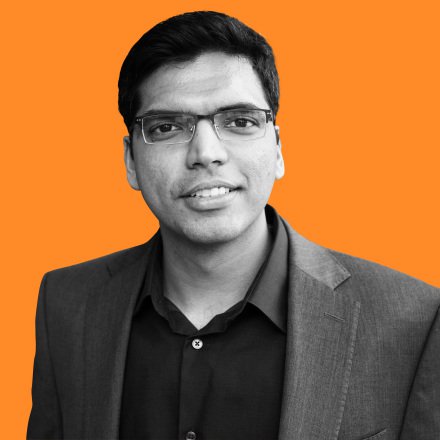Artificial intelligence & robotics
Sriram Chandrasekaran
His AI systems identify better treatments for tuberculosis.
AKHIL KANTIPULY MICHIGAN ENGINEERING COMMUNICATIONS & MARKETING

Global
Marc Miskin
He figured out how to give motion to microscopic robots.

Asia Pacific
Amarjot Singh
A fast human-like learning regime that can power practical AI systems to help build a safer world.

Global
Xiao Sun
He designs imprecise—but energy-efficient—AI hardware and software.

Global
Anna Goldie
She uses AI to design microchips much more quickly than humans can.
